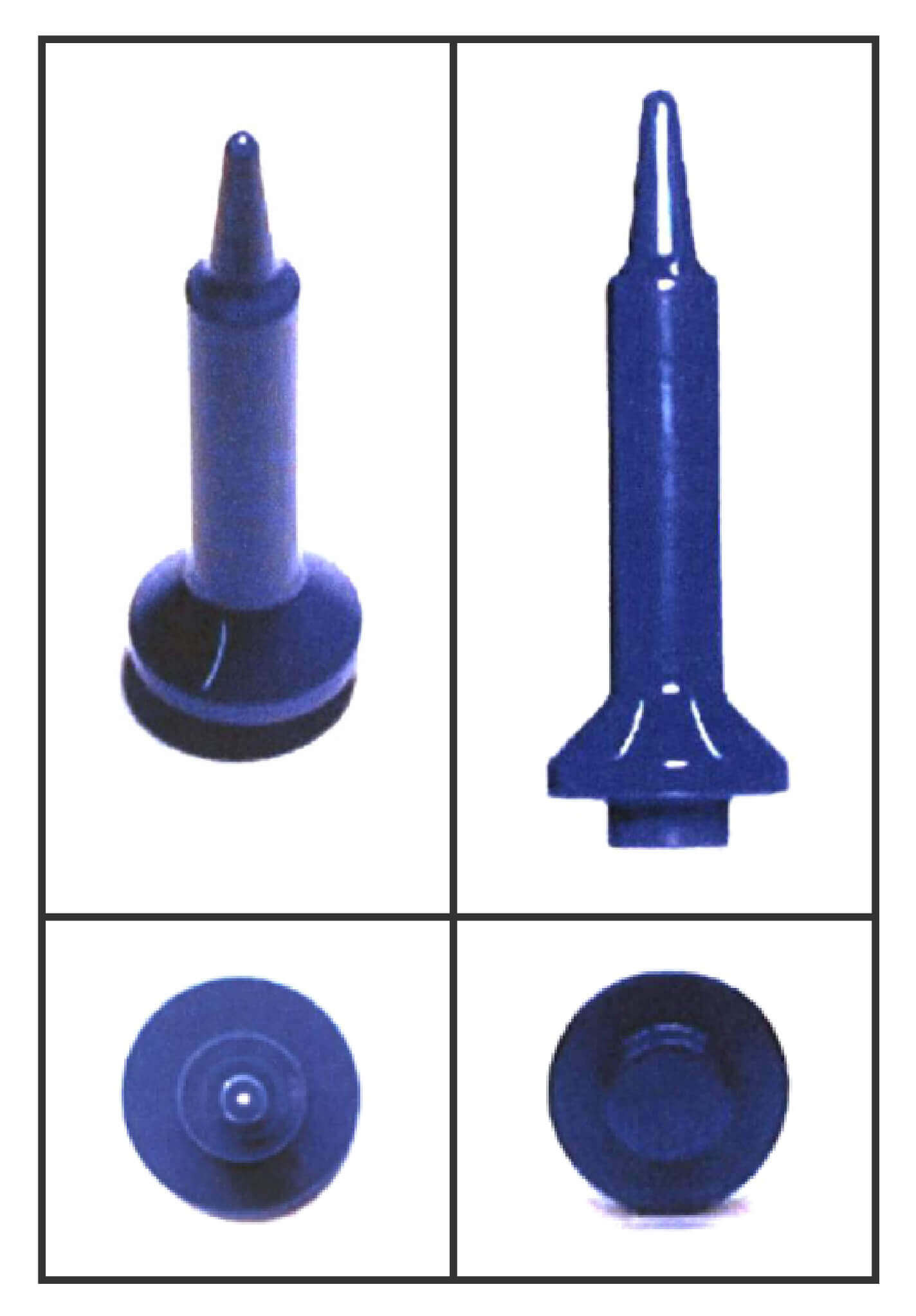Functional Designs in Europe – A New Approach to Judging Functionality
Design law in Europe
Design law in Europe has long sought to deny protection to “functional” designs but stops short of requiring that a design must have an aesthetic quality. This is achieved in the Community Designs Regulations 6/2002/EC (CDR), Article 8(1), by denying protection to designs which are “solely dictated by [a product's] technical function”.
The meaning of this exclusion is not entirely clear and has been the subject of much debate. Several approaches have been advanced, but the two principal tests are the “multiplicity of forms” test and the “reasonable observer” test. A new judgment of the Court of Justice of the EU rejects “multiplicity of forms” and modifies the “reasonable observer” test.
The “multiplicity of forms” test, as discussed in the Advocate General’s opinion in Philips v Remington, C-299/99, asks if the technical function could be achieved by another different form. If the answer is in the affirmative, then the product is not excluded from protection by Article 8(1), however utilitarian it might be.
By contrast, according to the “reasonable observer” test as adopted by the EUIPO (then OHIM) in Lindner v Franssens, R-690/2007-3, the Article 8(1) exclusion only applies “where aesthetics are totally irrelevant, in the sense that no one cares whether the product looks good, bad, ugly or pretty, and all that matters is that the product functions well”, and this is to be “assessed from the standpoint of a reasonable observer who looks at the design and asks himself whether anything other than purely functional consideration could have been relevant when the specific features were chosen”.
Another test that was used in the past is the “designer’s intention” test. It is similar to the “reasonable observer” test but assessed from the designer’s standpoint. The difficulty with this test is that it was subjective or, more specifically, it relied on the honesty of the designer.
Doceram v CeramTec, C-395/16

The present judgment relates to ceramic centring pins (picured) and was referred to the CJEU by the Oberlandesgericht Düsseldorf (Higher Regional Court, Düsseldorf, Germany). In the judgment, the CJEU ruled in response:
- Features of appearance are “solely dictated” by the product’s technical function if, and only if, the technical function is the only factor which determined those features. The existence of alternative designs alone is not sufficient to prove otherwise.
- National courts must take account of “all the objective circumstances relevant to each individual case” when applying the above test, without necessarily doing so based on the perception of an “objective observer”.
Point (1) appears to be in line with Lindner v Franssens in rejecting the “multiplicity of forms” test as a decisive test.
On the other hand, point (2) may conflict with Lindner v Franssens in rejecting the “objective observer” as the test person for assessing whether a design is purely functional. It is unclear whether the “objective observer” is the same as the “reasonable observer” in Lindner, but clearly the “reasonable observer” test is now put in doubt as national courts are instead to take account of “all the objective circumstances”. This also appears to imply that there may be factors other than aesthetics to consider. It may even be that the “objective circumstances” include applying the “multiplicity of forms” test.
The move from the “reasonable observer” test to an assessment based on “all the objective circumstances” would appear to be a step away from legal certainty, but may open up new avenues for argument on the validity of functional designs.
